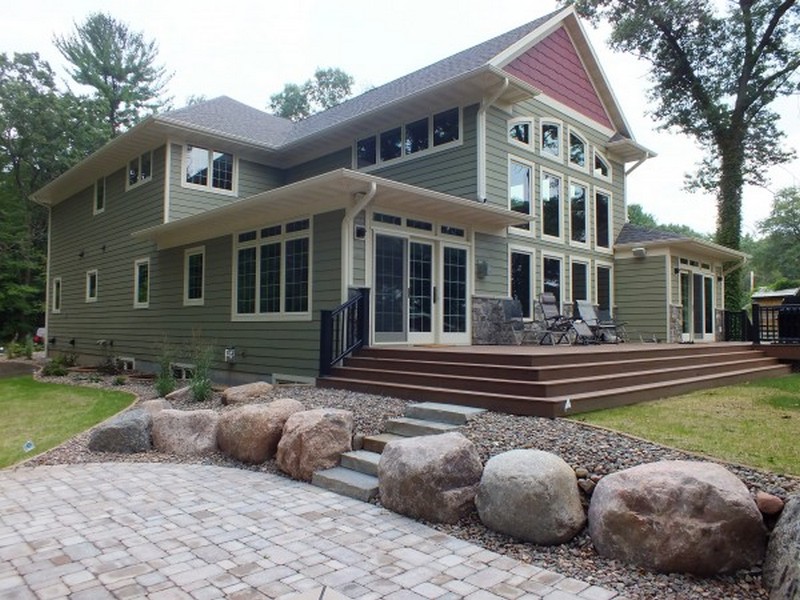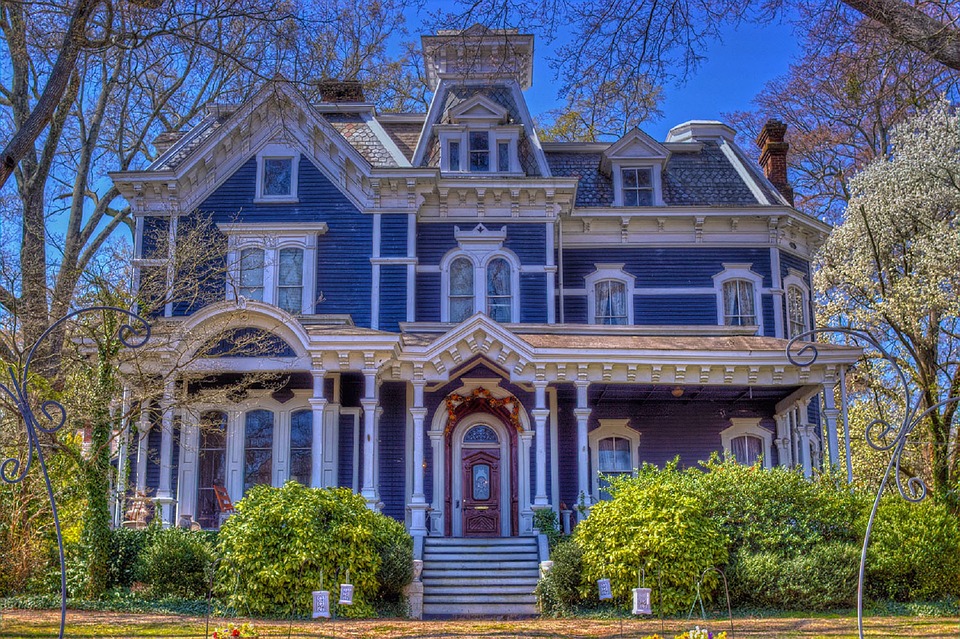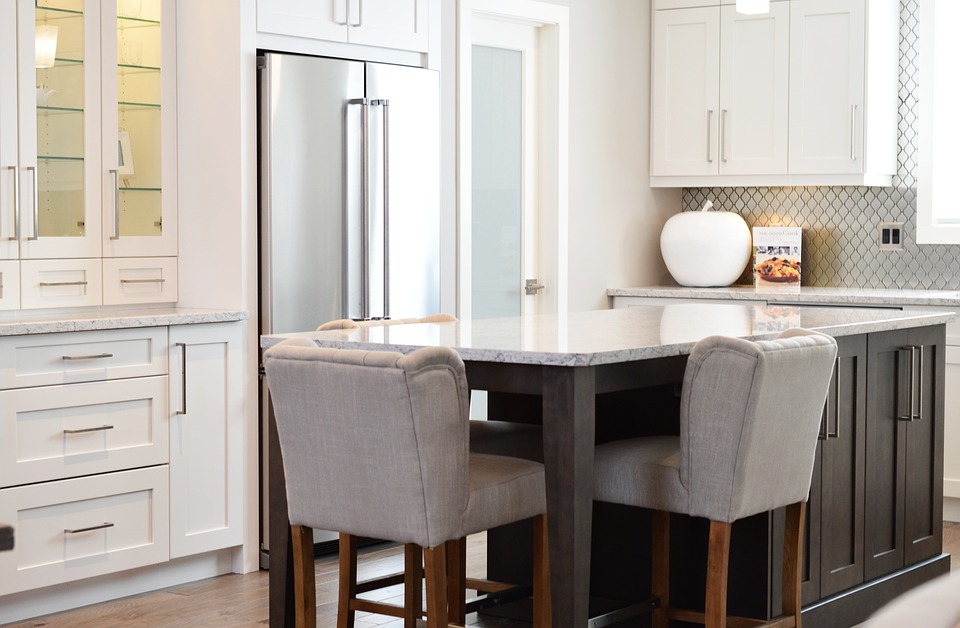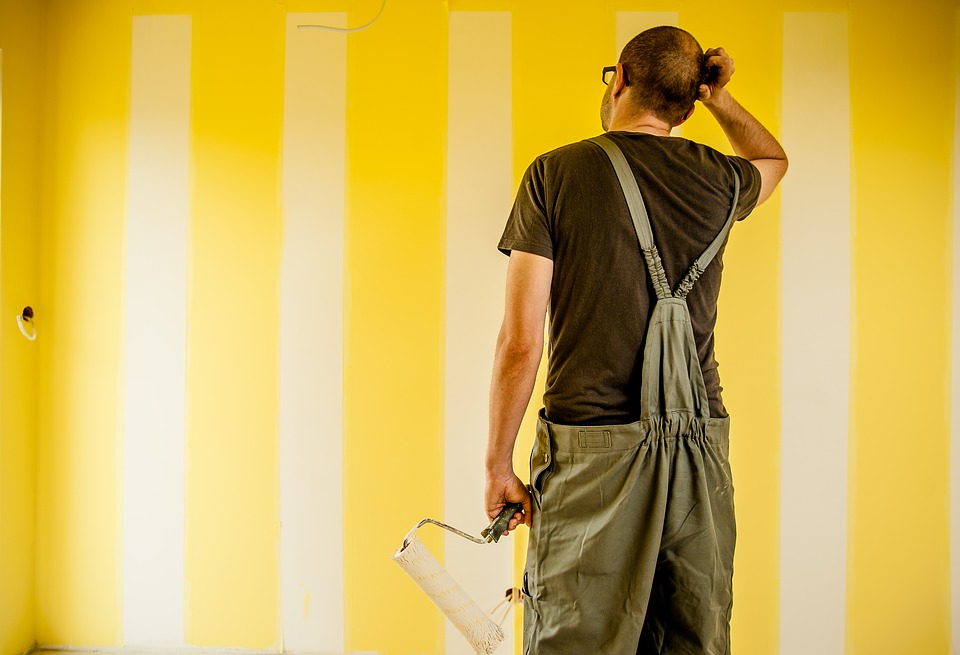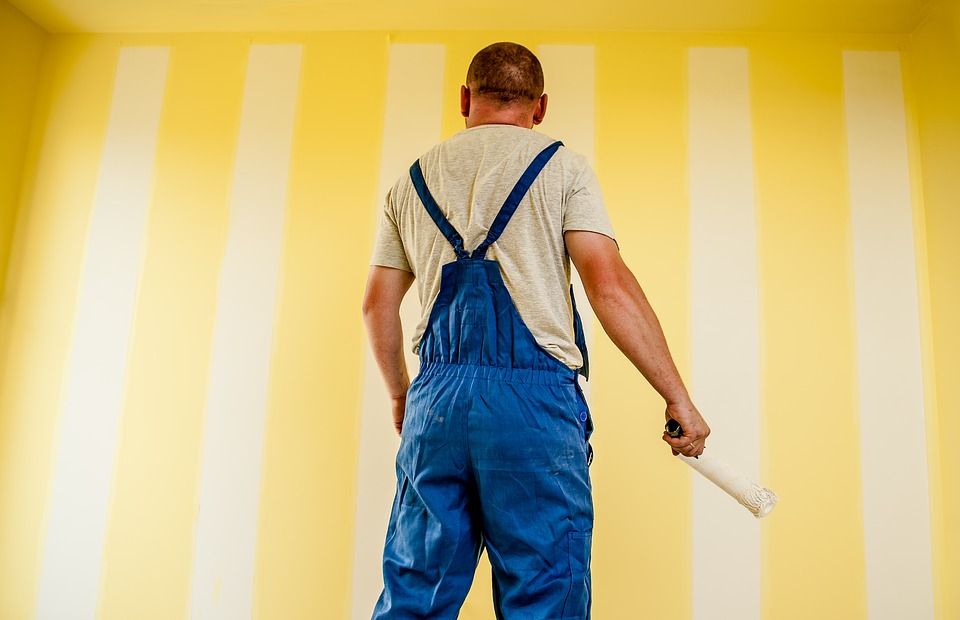If you are planning to update your home’s exterior with a fresh layer of paint, there are a few things you should know. First, if your exterior surface has any severe issues like peeling or your walls have cracks, it is best to have your exterior painting done by a professional. If these issues aren’t addressed properly before new paint is applied it can cause bigger problems later that may negatively effect the value of your home.
Here are our professional tips to consider if you plan to repaint yourself. How to apply paint and which paint to apply will all rely on the material you’ll be painting.
Choosing Your Paint
Exterior acrylic-based paints are a good option for just about every material, it’s also ideal if your home’s exterior has been designed using a combination of brick, wood, stucco or siding.
Since each material behaves differently as it weathers, try choosing paints that are designed specifically for what you are painting. For instance, certain wood paints are formulated to prevent tannin bleed whereas stucco paints are thicker and designed to fill fine cracks while maintaing flexibility.
Applying Your Paint
Exterior painting is often performed one of two ways: either by hand or with a mechanized sprayer. There are pros and cons to both forms of applications and professional painters can do both.
Spray Painting
Spray painting is fast and effective when the right machinery is used, but the equipment can be quite expensive when you’re looking at a professional machine. The best feature of spray painting is that it creates a smoother finish than brushes, and it’s easier to maintain a consistent, even coat.
A lot of professionals will opt for applying paint by spraying it because it creates a thicker layer, which in turn lasts longer. The downside of spray painting, other than the equipment costs, is that it requires significant protection for your face and property. This may be a hindrance for people in close knit communities where people may be in close proximity to the house during the painting process.
Brush Painting
In some cases, spray painting isn’t an option for exterior painting and brush painting is the only or best option. This technique takes longer than spray painting but also offers a level of craftsmanship and accuracy for tight areas that can only be reached by hand.
Painting by hand is your best bet if you are painting your home’s exterior yourself because it’s affordable and easy to clean up. The downside is that it creates a thinner coat of paint, which wears out faster than paint that has been sprayed on. Painting with a brush also makes it difficult to maintain even surfaces and smooth finishes that don’t show brush strokes.
Before you take on an exterior painting project, contact us for a free professional quote. Our experts have the necessary equipment and knowledge to give your home the perfect finish. Professional painters don’t just save you time, our quality work saves you money in the long run too.

